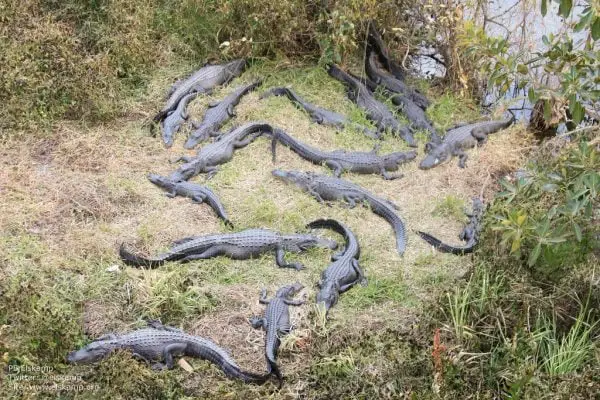Donkeys, with their long ears, gentle nature, and unwavering spirit, have captured human hearts for millennia. These versatile animals, valued for their strength, intelligence, and companionship, have played a significant role in various cultures and societies. But beyond their charming presence lies a fascinating layer of language – the collective nouns used to describe them, offering a glimpse into their social dynamics and the diverse roles they play.
Collective Nouns for Donkeys
Unlike some animals with singular collective nouns, donkeys boast a diverse vocabulary, each term reflecting the specific context and behavior of the group:
- Drove: This widely used term signifies a large and loosely organized group of donkeys, often traveling together on roads or across vast distances. It evokes a sense of shared journey, synchronized movement, and the temporary nature of these aggregations formed for specific purposes like migration or transportation.
Example: As the sun dipped below the horizon, casting long shadows across the dusty plains, a drove of donkeys lumbered slowly down the ancient trade route. Their patient strides and rhythmic steps echoed across the landscape, showcasing their enduring role in facilitating trade and transportation throughout history.
- Herd: This term describes a group of donkeys living together in a single area, typically grazing or resting peacefully. It evokes a sense of community, shared space, and the potential for long-term cohabitation within these established groups.
Example: Nestled in the heart of a lush meadow, a herd of donkeys grazed contentedly, their gentle snorts and playful interactions filling the air. This peaceful scene highlighted the social nature of donkeys and the strong bonds they form within their herds.
- Pace: This term, less commonly used than others, describes a single line of donkeys walking together, often used in the context of working animals. It evokes a sense of order, coordinated movement, and the efficient utilization of these animals for tasks like carrying loads or plowing fields.
Example: Led by a seasoned farmer, a pace of donkeys patiently pulled a wooden cart laden with hay. Their synchronized steps and unwavering determination showcased their vital contribution to agricultural practices in various cultures.
- Span: This term specifically describes a pair of donkeys harnessed together for pulling carts or plows. It emphasizes the concept of partnership, shared effort, and the combined strength these animals possess when working in unison.
Example: Toiling under the scorching sun, a span of donkeys diligently tilled the fertile soil. Their combined strength and unwavering spirit highlighted their crucial role in supporting agricultural livelihoods throughout history.
Interesting Facts About Donkeys
Understanding these collective nouns deepens our appreciation for the diverse behaviors and remarkable qualities of donkeys. But venturing deeper reveals their fascinating history, contributions to society, and the challenges they face:
Loyal Companions: Donkeys have served as faithful companions to humans for over 5,000 years. Their intelligence, gentle nature, and ability to thrive in diverse environments have made them invaluable partners in various endeavors, from transportation and farming to companionship and emotional support.
Symbols of Strength and Resilience: Throughout history, donkeys have been symbols of strength and resilience. Their ability to carry heavy loads, endure harsh conditions, and adapt to different environments has earned them respect and admiration in numerous cultures, further solidifying their enduring value.
Facing Threats: Habitat loss, overwork, and neglect pose significant threats to donkey populations in certain regions. Understanding these challenges and supporting initiatives for responsible ownership, humane treatment, and breed preservation is crucial for ensuring their continued well-being and cultural significance.
Celebrating their Cultural Significance: Donkeys have held a prominent place in various folklore, mythology, and artistic representations across the globe. From the brave donkey who accompanies Shrek on his adventures to the wise Balaam’s ass in the Bible, these depictions highlight the multifaceted roles donkeys have played in shaping human imagination and cultural narratives.
Final Thoughts
From the vast “droves” traversing ancient trade routes to the dedicated “span” tilling the land, the diverse collective nouns for donkeys offer a glimpse into their rich history, diverse roles, and enduring spirit. By appreciating these terms and the captivating nature of these remarkable creatures, we foster a deeper respect for their contributions to society and commit to safeguarding their well-being for generations to come. Let us ensure that the enduring allure of donkeys continues to resonate throughout our world, celebrating their strength, loyalty, and unwavering spirit in the face of time.
Also Read:






